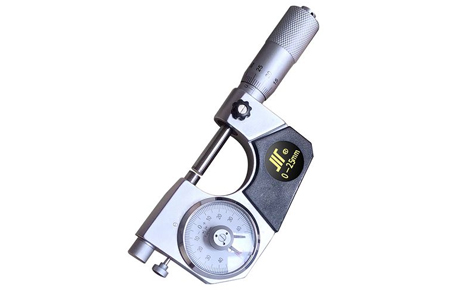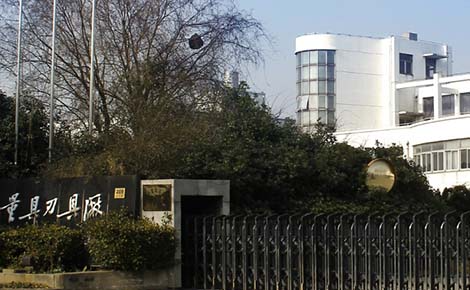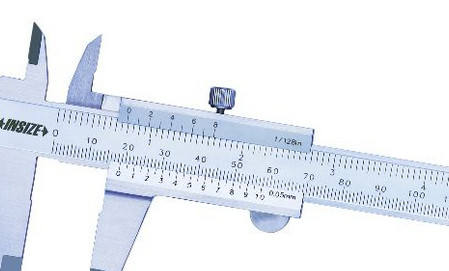
1個回答
Protractor: The Essential Tool for Measuring Angles

Introduction
A protractor is a fundamental tool used in geometry and trigonometry to measure and draw angles accurately. It is a simple yet powerful instrument that plays a crucial role in various fields, including engineering, architecture, and design. In this article, we will explore the history, types, and uses of protractors, as well as some tips for using them effectively.
History of Protractors
The concept of measuring angles dates back thousands of years. The ancient Egyptians and Greeks were among the first civilizations to use simple tools made of wood or bronze to measure angles. However, it wasn't until the 16th century that the protractor, as we know it today, was invented.
The term "protractor" is derived from the Latin word "protractus," which means "to draw forth." The first protractors were made of wood or ivory and were used primarily by navigators and cartographers. These early protractors consisted of a semicircular or circular shape with evenly spaced markings around the edge.
Types of Protractors
Over time, protractors have evolved, and today we have various types to choose from. The most common type is the semicircular protractor, which is a half-circle divided into 180 degrees. It is typically made of transparent plastic or metal and has a center point called the fulcrum. The markings on the protractor allow for precise measurement of angles.
Another type is the circular protractor, which is a complete circle divided into 360 degrees. This type of protractor is commonly used by engineers and architects for more precise measurements. It is often made of stainless steel or high-quality plastic and may include additional features like a rotating arm or a locking mechanism.
Uses of Protractors
Protractors are used in a wide range of applications, from simple geometry problems to complex engineering calculations. Here are some common uses of protractors:
1. Measuring Angles: The primary purpose of a protractor is to measure angles accurately. Whether it's in a math class or on a construction site, protractors help us determine the size of an angle, making it easier to solve problems and create precise designs.
2. Drawing Angles: Protractors are also used to draw angles of specific measurements. By placing the fulcrum on a starting point and aligning the desired angle measurement, we can create accurate and symmetrical angles.
3. Constructing Geometric Shapes: Protractors are essential tools for constructing various geometric shapes. By combining different angles, we can create polygons, triangles, and other complex shapes.
4. Trigonometry: In trigonometry, protractors are used to solve problems involving angles and sides of triangles. They help us measure and calculate angles accurately, which is crucial for trigonometric functions.
Tips for Using a Protractor Effectively
To ensure accurate measurements and drawings, here are some tips for using a protractor effectively:
1. Choose the Right Protractor: Consider the type of work you will be doing and choose a protractor that suits your needs. Semicircular protractors are suitable for most applications, while circular protractors are best for more precise measurements.
2. Align the Base Line: When measuring an angle, align the base line of the protractor with one side of the angle. This will ensure that the measurement starts from the correct point.
3. Read the Measurement: To read the measurement accurately, align the other side of the angle with the markings on the protractor. The intersection of the line and the marking will give you the angle measurement.
4. Practice: Like any skill, using a protractor effectively requires practice. Take some time to familiarize yourself with the instrument and practice measuring and drawing angles. The more you use it, the more comfortable and accurate you will become.
Conclusion
In conclusion, the protractor is an essential tool for measuring and drawing angles accurately. From its ancient origins to its modern-day variations, protractors have played a crucial role in various fields. By understanding the different types of protractors and using them effectively, we can solve geometry problems, create precise designs, and explore the fascinating world of angles. So, let's embrace the protractor and unlock the beauty of angles!
-
 創(chuàng)新一線品牌集成材料助力環(huán)保節(jié)能產(chǎn)業(yè)邁向新高度
創(chuàng)新一線品牌集成材料助力環(huán)保節(jié)能產(chǎn)業(yè)邁向新高度
-
 漫步一線品牌復(fù)古地板下的懷舊時光
漫步一線品牌復(fù)古地板下的懷舊時光
-
 一線品牌復(fù)古地板,重拾經(jīng)典風(fēng)格,打造優(yōu)雅家居
一線品牌復(fù)古地板,重拾經(jīng)典風(fēng)格,打造優(yōu)雅家居
-
 高品質(zhì)一線品牌免漆板家具熱銷市場,受到消費者青睞
高品質(zhì)一線品牌免漆板家具熱銷市場,受到消費者青睞
-
 一線品牌飾面板工藝再升級,打造高端家居裝修新風(fēng)尚
一線品牌飾面板工藝再升級,打造高端家居裝修新風(fēng)尚
-
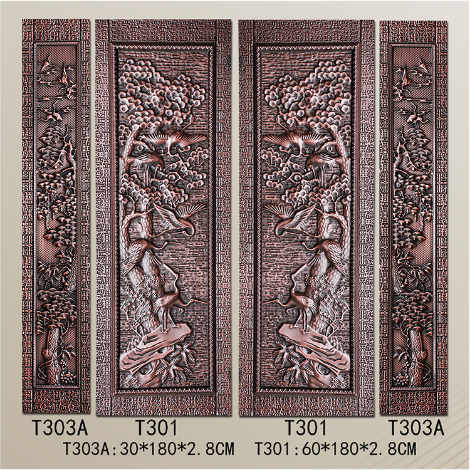 歷史文化再現(xiàn)!一線品牌浮雕板藝術(shù)點亮城市夜色
歷史文化再現(xiàn)!一線品牌浮雕板藝術(shù)點亮城市夜色
-
 融合傳統(tǒng)與現(xiàn)代,一線品牌浮雕板成為城市建筑新寵
融合傳統(tǒng)與現(xiàn)代,一線品牌浮雕板成為城市建筑新寵
-
 5G時代來臨,一線品牌大芯板成為新一輪科技競爭制高點
5G時代來臨,一線品牌大芯板成為新一輪科技競爭制高點
-
 一線品牌大芯板產(chǎn)業(yè)迎來新機遇,國內(nèi)企業(yè)加速布局
一線品牌大芯板產(chǎn)業(yè)迎來新機遇,國內(nèi)企業(yè)加速布局
-
 新型一線品牌集成材料在建筑行業(yè)的應(yīng)用掀起革新風(fēng)潮
新型一線品牌集成材料在建筑行業(yè)的應(yīng)用掀起革新風(fēng)潮
-
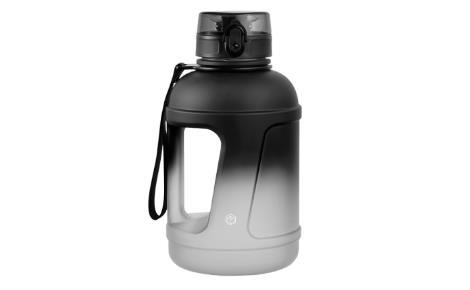 如何選擇適合自己的一線品牌體脂秤?
如何選擇適合自己的一線品牌體脂秤?
-
 一線品牌美縫劑的正確使用方法,讓你的家居瓷磚煥然一新!
一線品牌美縫劑的正確使用方法,讓你的家居瓷磚煥然一新!
-
 一線品牌保溫材料市場需求持續(xù)增長,創(chuàng)新產(chǎn)品受追捧
一線品牌保溫材料市場需求持續(xù)增長,創(chuàng)新產(chǎn)品受追捧
-
 一線品牌保溫材料行業(yè)迎來發(fā)展良機,綠色環(huán)保產(chǎn)品備受關(guān)注
一線品牌保溫材料行業(yè)迎來發(fā)展良機,綠色環(huán)保產(chǎn)品備受關(guān)注
-
 防盜一線品牌噴漆技能大揭秘,如何有效保護財物安全?
防盜一線品牌噴漆技能大揭秘,如何有效保護財物安全?
-
 一線品牌漂白粉價格暴漲,消費者抱怨成本壓力大
一線品牌漂白粉價格暴漲,消費者抱怨成本壓力大
-
 家庭常備品之一,一線品牌漂白粉的正確使用方法
家庭常備品之一,一線品牌漂白粉的正確使用方法
-
 環(huán)保人士呼吁減少一線品牌漂白粉使用,保護環(huán)境
環(huán)保人士呼吁減少一線品牌漂白粉使用,保護環(huán)境
-
 人工智能技術(shù)助力醫(yī)療行業(yè),一線品牌精板醫(yī)療設(shè)備應(yīng)用廣泛
人工智能技術(shù)助力醫(yī)療行業(yè),一線品牌精板醫(yī)療設(shè)備應(yīng)用廣泛
-
 一線品牌多層板行業(yè)發(fā)展趨勢分析,市場需求增長引領(lǐng)行業(yè)創(chuàng)新
一線品牌多層板行業(yè)發(fā)展趨勢分析,市場需求增長引領(lǐng)行業(yè)創(chuàng)新


 掃一掃關(guān)注品牌網(wǎng)
掃一掃關(guān)注品牌網(wǎng)


 瀏覽(164)
瀏覽(164)

 贊(0)
贊(0) 分享
分享 舉報
舉報
